
Do you have a question about the Cisco RV082 and is the answer not in the manual?
| WAN Ports | 2 |
|---|---|
| LAN Ports | 8 |
| VPN Support | Yes |
| Firewall | Yes |
| QoS | Yes |
| Power Supply | 12V DC, 1.5A |
| Operating Temperature | 32 to 104°F (0 to 40°C) |
| Storage Temperature | -4 to 158°F (-20 to 70°C) |
| Humidity | 10% to 85% Non-condensing |
| DHCP Server | Yes |
| Device Type | VPN Router |
Ensure all network hardware, including the router and PCs, is powered off before starting connections.
Connect Ethernet cables from PCs or other network devices to the router's numbered ports.
Connect the modem's Ethernet cable to the router's designated Internet port for network access.
Power on the modem and other connected network devices after physical connections are made.
Connect the AC power cable to the router and then to an electrical outlet to power it on.
Open a web browser and navigate to the router's default IP address (192.168.1.1) to access its utility.
Enter 'admin' for both User Name and Password to log into the router's web-based utility.
Access the 'Setup' tab within the router's web utility to proceed with configuration settings.
Configure router for DHCP or dynamic IP from ISP, and optionally set DNS servers.
Enter static IP address, subnet mask, gateway, and DNS server details provided by your ISP.
Configure PPPoE connection with ISP-provided username and password, and manage idle timeouts.
Configure PPTP connection, typically used in Europe and Israel, with ISP-specific information.
Save configuration changes and restart PCs and modem to apply new router settings.
Test router configuration by opening a web browser and visiting a specified URL.

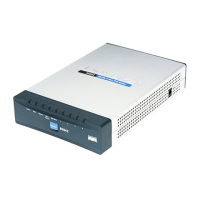


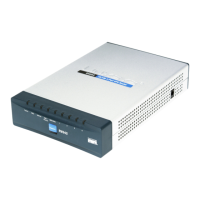

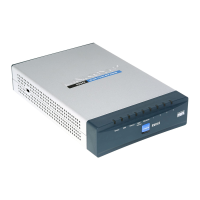
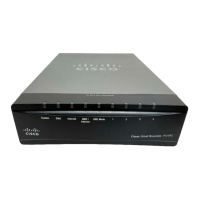
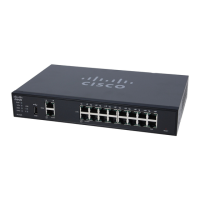
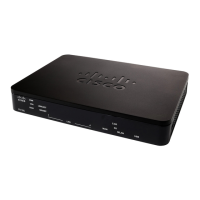

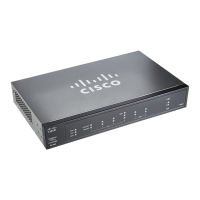
